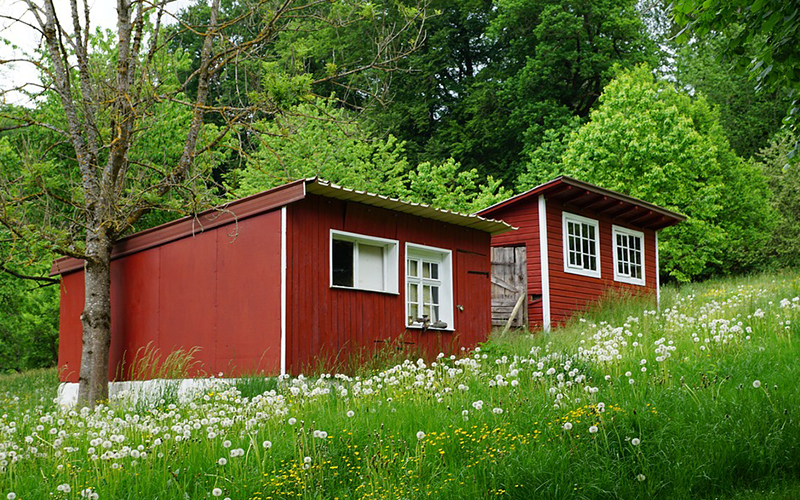
Finishing touches can make or break a living space. To make sure your living space is as aesthetically pleasing as possible, you need to know what finishing touches will go best for your home and which ones won’t. Here are some general guidelines to follow when choosing the perfect finishing touch:
Paint the Door Frame
This single change will give your room a better-finished look.
Add Molding to Windows
Molding around your windows is probably one of the most inexpensive ways to make your room seem more polished.
Repair or Replace Baseboards
Damaged or outdated baseboards can make even an expensive renovation look cheap and sloppy. Spend just $1 per foot to give them that crisp, new finish.
Cut Out Holes for Electrical Outlets before Painting Walls
Painting around electrical receptacles may be easy, but it’s not the best way to do things. It causes you to work twice as hard, making extra brush strokes and masking off areas that don’t need to be painted. Also, when you’re done painting and the receptacles need to be replaced, a technician can easily see where they are and install them in a matter of minutes.
Scuff-Sand Glossy Paint before Recoating
If your walls have a high sheen from paint or varnish, it’s virtually impossible to get good adhesion between coats without scratching away some of that gloss. Do this right after you apply the first coat of finish but before letting that coat dry completely. Then sand lightly with 100 or 150 grit sandpaper before applying the final coat. That will fill in the scratches, giving the new finish something to grab onto for better adhesion.
Use Pre-Mixed Finishes
Consider using a ready-made finish for your walls if you’re doing your painting. Some of them are designed to be applied at full strength or with just one coat, so no mixing is required. And some even come with an essential primer in the finish, which saves time and provides better adhesion than traditional primers.
Paint Corners before Painting Edges
When you paint parallel stripes along room borders, it doesn’t take long before the edges run together into splotches of paint that erase clean lines. To avoid this problem, put on painter’s tape over each edge just before applying the first stripe of paint to that wall. Then, when you get to the corner, peel off the tape and immediately apply paint before it has a chance to seep underneath. When the adjoining wall sections are painted, you’ll be able to see where that corner is supposed to end; then, clean up your edge with an angled brush.
Paint Light Colors on Small Walls
Painting small rooms in relatively dark colors can make them seem even smaller than they already are. To brighten things up, choose lighter hues like cream or white. Even whole-white interior surfaces on all four walls will look bigger than darker paint does. And if you have wood trim in your room, keep it white too, so it reflects more light without competing with the walls.



